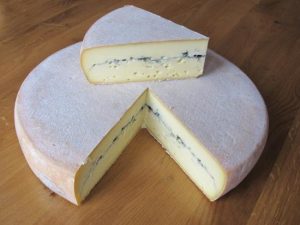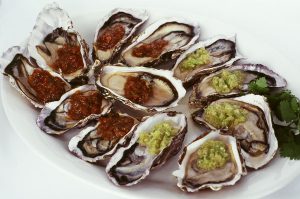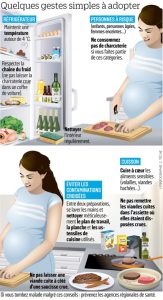Food World reports that several collective food poisoning infections possibly linked to the consumption of contaminated oysters have been reported since mid-February 2021 in several regions of France.
 Since mid-February 2021, 46 mandatory declarations (DO) of collective food poisoning (TIAC) suspected of being linked to the consumption of oysters have been sent to Public Health France and/or to the General Directorate of food .
Since mid-February 2021, 46 mandatory declarations (DO) of collective food poisoning (TIAC) suspected of being linked to the consumption of oysters have been sent to Public Health France and/or to the General Directorate of food .
The meal dates at the origin of these toxi-infections are between 02/11/2021 and 02/25/2021 with a majority of meals reported on 02/14 (21 TIAC, 46%). All these TIACs took place in the context of a family meal with between 2 and 8 patients. A total of 164 patients were recorded and two people were hospitalized.
Stool analyzes carried out by the National Reference Center for Gastroenteritis Viruses in patients following 2 TIACs confirmed the presence of norovirus.
Shellfish collected from individuals who were sick after consuming oysters as well as from suppliers were analyzed by reference laboratories and laboratories approved by the Ministry of Agriculture and Food: noroviruses were identified. Noroviruses have also been detected in several production areas of consumed oysters.










